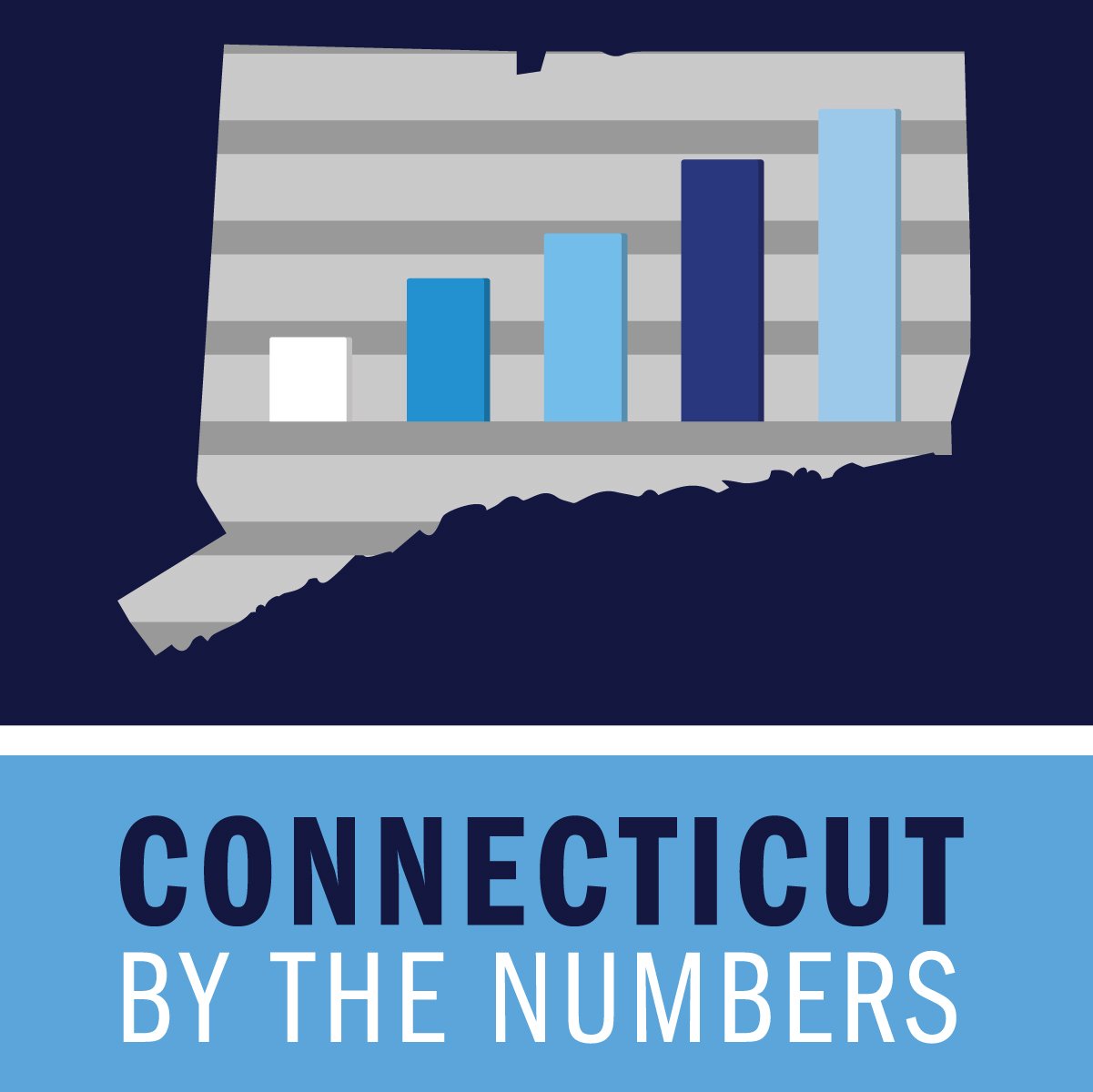Higher Ed Panel on Innovation and Entrepreneurship Seeks to Map Statewide Plan
/The charge of the state's Higher Education Innovation and Entrepreneurship Initiative is to strengthen innovation and entrepreneurship within Connecticut’s public and private higher education institutions while fostering collaboration and providing economic value to Connecticut.
The Higher Education Innovation & Entrepreneurship Working Group, in accordance with Public Act 16-3, met in December, and again in mid-February, and aims to complete its work in May to develop a plan to support innovation and entrepreneurship. Joanne Berger-Sweeney, Trinity College president and professor of neuroscience, and Mark E. Ojakian, president of the Connecticut State Colleges and Universities system (CSCU), were selected in December to co-chair the working group that includes public and independent institutions of higher education from throughout the state.
The group, which is staffed by CTNext, will send its strategic roadmap to CTNext’s board of directors for approval. Once the plan is approved, the board will elect an advisory committee made up of public and private school officials and student representatives. This new committee will advise the CTNext board of directors as it deploys $2 million each year for the next five years to projects and initiatives that fit the priorities identified in the strategic road map, according to the CTNext website.
The working group is tasked with developing a master plan for fostering innovation and entrepreneurship at in-state public and independent colleges and universities. The master plan will:
- address opportunities and risks to innovation and entrepreneurship resulting from existing and emergent conditions affecting entrepreneurial programs and initiatives at institutions of higher education;
- assess the scope and scale of existing entrepreneurial programs and initiatives at such institutions in the context of best practices at state and national institutions of higher education that are leaders in innovation and entrepreneurship;
- recommend initiatives that facilitate collaboration and cooperation among institutions of higher education on projects that address and strengthen innovation and entrepreneurship at such institutions;
- provide for the establishment of a state-wide intercollegiate business plan competition; and
- identify funding priorities for higher education entrepreneurship grants-in-aid pursuant for projects that expand and enhance entrepreneurial programs and initiatives or projects involving partnerships among institutions of higher education.
“As co-chair, I look forward to working closely with colleagues from across Connecticut,” said Berger-Sweeney. “Our strategic planning to support entrepreneurship and innovation is critical to the economic vitality and future of the state.”
“I’m excited to work with all our presidents, both public and private, to find ways to nurture innovation and entrepreneurship at our institutions,” said CSCU President Ojakian. “Our mission is help our students turn their creative ideas into businesses that will grow and thrive in Connecticut.”
 During the working group’s December meeting, which ran just over an hour, participants from 27 colleges and universities, including the presidents of most of the institutions, discussed the challenges and opportunities to advance innovation and entrepreneurship on their campuses and in the state.
During the working group’s December meeting, which ran just over an hour, participants from 27 colleges and universities, including the presidents of most of the institutions, discussed the challenges and opportunities to advance innovation and entrepreneurship on their campuses and in the state.
According to the meeting minutes, there was discussion on how best to allocate $10 million ($2 million/year for 5 years), centered on determining a strategy to leverage the funds. Participants suggested a focus on partnerships, and urged efforts to “think from the beginning about how to connect people (broadly) to the jobs that will be created,” along with a “commitment to creating a whole that is greater than the sum of the parts.” Education leaders also noted that Connecticut “is relatively more highly regulated than other states in public education,” which could make the effort “more difficult.”
The college and university leaders also listed an array of assets that exist in Connecticut which could spur their efforts. Among those cited were:
- Strong medical/bio-science institutions
- Long standing leader in advanced manufacturing
- Lower cost of real estate relative to Cambridge and Silicon Valley
- Leadership in aerospace
- International linkages/partnerships
- Prime location between NYC and Boston
Also mentioned was the fact that Connecticut has “a lot of empty buildings” in “legacy cities ripe for redevelopment.” Connecticut’s status as a financial capital, and the potential collective political force of higher education leadership were also noted as potential pluses.
Late last year, CTNext issued an RFP for “qualified independent higher education institutions, policy institutes, or research organizations to conduct certain analyses of innovation and entrepreneurship in the state.” The assignment proposed included: “a baseline assessment of the state’s innovation and entrepreneurship based on certain program measures,” including: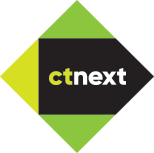
- the increase or decrease in the state’s (a) start-up businesses, including growth stage start-ups; (b) software developers; and (c) serial entrepreneurs (i.e. those having brought at least one start-up business to venture capital funding by an institutional investor);
- job growth within growth-stage businesses;
- the amount of private venture capital invested in start-up and growth-stage businesses;
- employee turnover at start-up and growth-stage businesses;
- the amount of entrepreneurship and innovation research funded by higher education institutions in the state;
- the rate at which businesses enter and leave the state; and
- the degree to which the state’s (a) hiring rate exceeds its job creation rate and (b) employment separation rate exceeds its job loss rate.
CTNext is Connecticut’s innovation ecosystem designed to build a more robust community of entrepreneurs and to accelerate early-stage growth by providing access to talent, space, industry expertise, services, skill development, and capital to foster innovation and create jobs in Connecticut. CTNext is a wholly-owned subsidiary of Connecticut Innovations.
Photos: Trinity College President Joanne Berger-Sweeney, CSCU President Mark Ojakian; February meeting of working group.


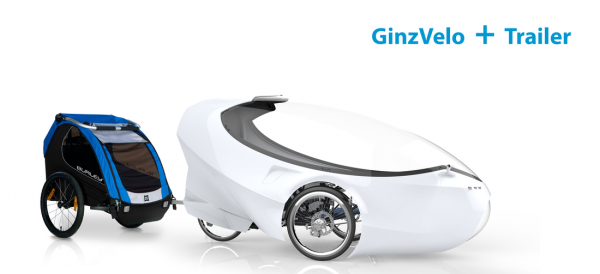



 Published
Published  Back in 2013, the state Bond Commission approved $1 million in borrowing to help an emergency home repair company move its headquarters from Stamford to Norwalk. The bonding was aimed at assisting the
Back in 2013, the state Bond Commission approved $1 million in borrowing to help an emergency home repair company move its headquarters from Stamford to Norwalk. The bonding was aimed at assisting the  Traffic safety topics being tracked nationwide include: Aggressive Driving, Automated Enforcement/Photo Monitoring, Child Passenger Protection, Distracted Driving, Driver’s Licensing, Impaired Driving, Motorcycle Safety, Pedestrian and Bicycle Safety, School Bus Safety, Seatbelts and Occupant Protection, Senior Drivers Issues, Slow-Medium speed vehicles, Speed Limits, and Teen Driver Issues.
Traffic safety topics being tracked nationwide include: Aggressive Driving, Automated Enforcement/Photo Monitoring, Child Passenger Protection, Distracted Driving, Driver’s Licensing, Impaired Driving, Motorcycle Safety, Pedestrian and Bicycle Safety, School Bus Safety, Seatbelts and Occupant Protection, Senior Drivers Issues, Slow-Medium speed vehicles, Speed Limits, and Teen Driver Issues.

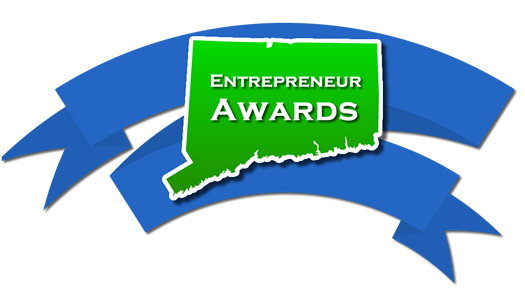


 h between 2012 and 2015. Founded in 2012, Loot Crate has more than 650,000 subscribers worldwide in 35 countries. The ranking summary points out that "Loot Crate’s position at the top of this year’s list showcases how innovation isn’t always about new technology and invention, but also about ingenuity, the recombining of existing assets, and know-how in new ways to maximize value."
h between 2012 and 2015. Founded in 2012, Loot Crate has more than 650,000 subscribers worldwide in 35 countries. The ranking summary points out that "Loot Crate’s position at the top of this year’s list showcases how innovation isn’t always about new technology and invention, but also about ingenuity, the recombining of existing assets, and know-how in new ways to maximize value." The focus of the Connecticut firms that made this year’s list reflected the overall composition of the rankings, which were based on companies’ revenue growth between 2012 and 2015. Software continues to have the greatest impact across technology sectors, representing 58 percent of the entire list and five of the top 10 winners overall.
The focus of the Connecticut firms that made this year’s list reflected the overall composition of the rankings, which were based on companies’ revenue growth between 2012 and 2015. Software continues to have the greatest impact across technology sectors, representing 58 percent of the entire list and five of the top 10 winners overall.


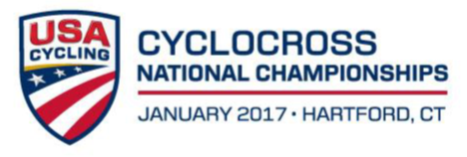 “The cyclocross national championships are the pinnacle of cyclocross racing in the United States each year,” said Micah Rice, Vice-President of National Events, USA Cycling. Cyclocross is a very specific type of bike racing, as described by Cyclocross Magazine. For the most part, the course is off-road but there are sometimes portions of pavement included in the course. Riders can expect to encounter grass, dirt, mud, gravel, sand, and a whole slew of other assortments and combinations. The races are based on a set time (measured by numbers of laps), not distance. Depending on your category, a race can be as quick as 30 minutes (for beginners), or as long as 60 minutes (for pros).
“The cyclocross national championships are the pinnacle of cyclocross racing in the United States each year,” said Micah Rice, Vice-President of National Events, USA Cycling. Cyclocross is a very specific type of bike racing, as described by Cyclocross Magazine. For the most part, the course is off-road but there are sometimes portions of pavement included in the course. Riders can expect to encounter grass, dirt, mud, gravel, sand, and a whole slew of other assortments and combinations. The races are based on a set time (measured by numbers of laps), not distance. Depending on your category, a race can be as quick as 30 minutes (for beginners), or as long as 60 minutes (for pros).







 Harman's products, which provide infotainment, telematics, connected safety and security services, are used in more than 30 million vehicles made by automakers such as BMW, Toyota Motor Corp and Volkswagen, according to its website. Harman’s portfolio of audio brands includes AKG®, Harman Kardon®, Infinity®, JBL®, Lexicon®, Mark Levinson®and Revel®
Harman's products, which provide infotainment, telematics, connected safety and security services, are used in more than 30 million vehicles made by automakers such as BMW, Toyota Motor Corp and Volkswagen, according to its website. Harman’s portfolio of audio brands includes AKG®, Harman Kardon®, Infinity®, JBL®, Lexicon®, Mark Levinson®and Revel®



























